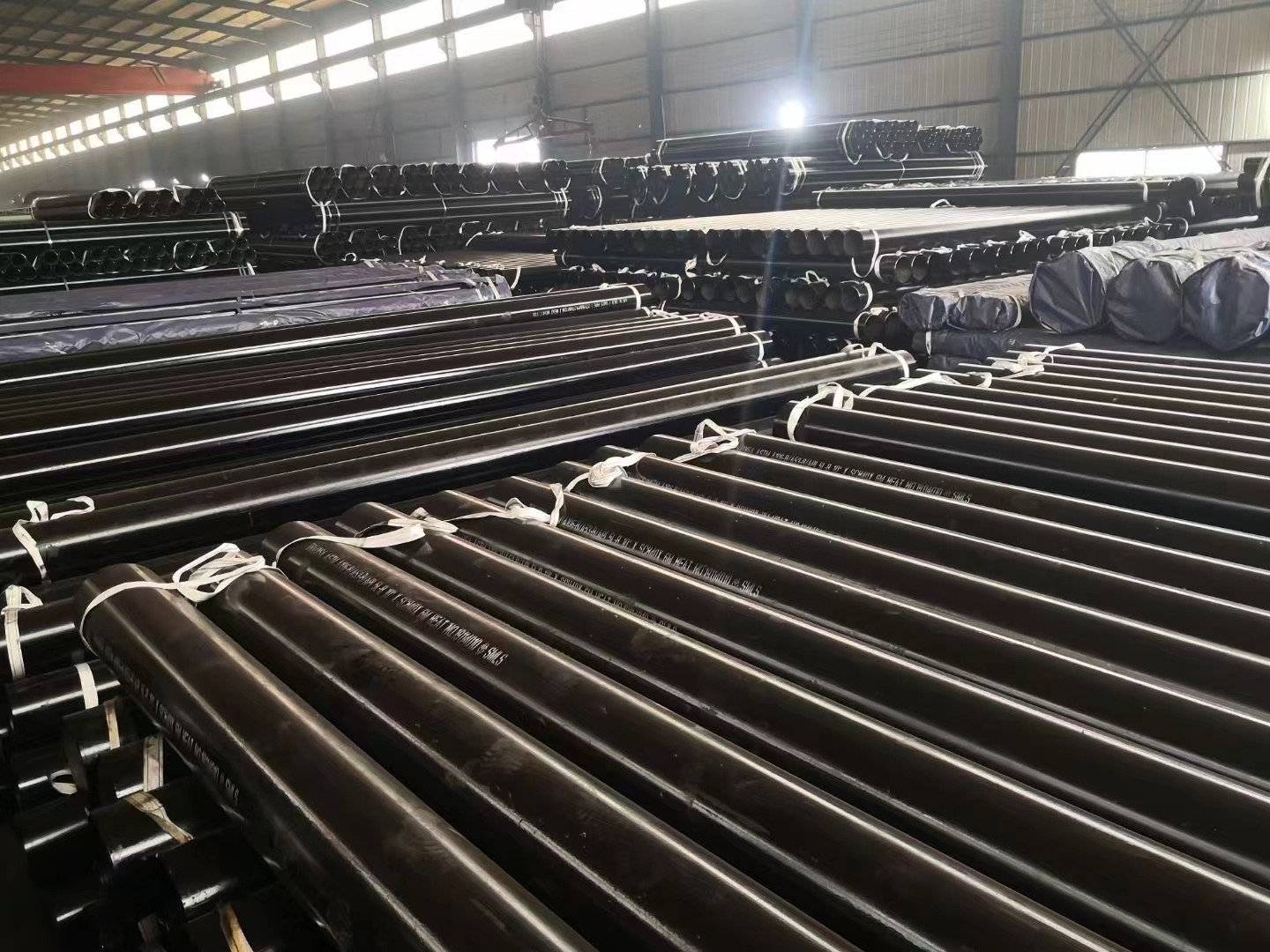-
Cangzhou Yulong Steel Co., Ltd.
-
Phone:
+86 13303177267 -
Email:
admin@ylsteelfittings.com
- English
- Arabic
- Italian
- Spanish
- Portuguese
- German
- kazakh
- Persian
- Greek
- French
- Russian
- Polish
- Thai
- Indonesian
- Vietnamese
- Zulu
- Korean
- Uzbek
- Hindi
- Serbian
- Malay
- Ukrainian
- Gujarati
- Haitian Creole
- hausa
- hawaiian
- Hebrew
- Miao
- Hungarian
- Icelandic
- igbo
- irish
- Japanese
- Javanese
- Kannada
- Khmer
- Rwandese
- Afrikaans
- Albanian
- Amharic
- Armenian
- Azerbaijani
- Basque
- Belarusian
- Bengali
- Bosnian
- Bulgarian
- Catalan
- Cebuano
- China
- China (Taiwan)
- Corsican
- Croatian
- Czech
- Danish
- Esperanto
- Estonian
- Finnish
- Frisian
- Galician
- Georgian
- Kurdish
- Kyrgyz
- Lao
- Latin
- Latvian
- Lithuanian
- Luxembourgish
- Macedonian
- Malgashi
- Malayalam
- Maltese
- Maori
- Marathi
- Mongolian
- Myanmar
- Nepali
- Norwegian
- Norwegian
- Occitan
- Pashto
- Dutch
- Punjabi
- Romanian
- Samoan
- Scottish Gaelic
- Sesotho
- Shona
- Sindhi
- Sinhala
- Slovak
- Slovenian
- Somali
- Sundanese
- Swahili
- Swedish
- Tagalog
- Tajik
- Tamil
- Tatar
- Telugu
- Turkish
- Turkmen
- Urdu
- Uighur
- Welsh
- Bantu
- Yiddish
- Yoruba

Oct . 16, 2024 18:49 Back to list
flange blind plate
Understanding Flange Blind Plates Essential Components for Pipeline Integrity
In industrial applications, the need for reliability and safety in fluid systems cannot be overstated. Among the various components that contribute to this reliability, flange blind plates play a crucial role. These accessories are integral to the design and operation of pipelines, valves, and tanks, ensuring operational efficiency while minimizing the risk of leaks and failures.
What is a Flange Blind Plate?
A flange blind plate, often referred to as a blind flange, is a flat piece of metal that is used to seal the end of a pipeline or to close off a valve. Unlike traditional flanges that connect two piping systems or components, a blind plate is designed to block the flow of fluids or gases. Made from materials such as stainless steel, carbon steel, or other alloys, these plates are robust and can withstand high pressure and temperature, making them suitable for various applications.
Applications of Flange Blind Plates
Flange blind plates are employed in a wide range of industries, including oil and gas, petrochemicals, water treatment, and pharmaceuticals. They serve multiple purposes
1. Maintenance and Inspection During routine maintenance, it may be necessary to temporarily isolate a section of piping. Installing a blind plate allows technicians to work safely on other areas without draining the entire system.
2. System Modifications In situations where a line needs to be rerouted or modified, blind plates can be used to seal off the old section while work is carried out on the new configuration.
3. Safety Measures They act as a critical safety feature in emergency shutdowns, preventing the release of hazardous materials into the environment.
4. Testing Blind plates are used when pressure testing piping systems. By sealing the ends of a pipeline, technicians can assess the integrity of the system without the risk of leaks.
flange blind plate

Types of Flange Blind Plates
Flange blind plates come in various designs and specifications, tailored to meet specific industrial standards. The most common types include
- Standard Blind Flanges These are typically flat plates with bolt holes aligning with standard flange sizes. They are widely used for general applications.
- Paddle Blind Flanges A paddle design provides a larger contact surface, which can help distribute stress evenly across the flange when bolted in place.
- Spectacle Blind Flanges These flanges consist of two plates joined by a bridge, allowing for quick switching between open and closed positions without the need for removing the blind.
Installation and Maintenance
The installation of flange blind plates should always be performed by qualified personnel to ensure safety and reliability. Proper gaskets and bolting techniques must be employed to prevent leaks. Once installed, periodic inspections are recommended to check for signs of wear or corrosion, especially in high-pressure or corrosive environments.
Conclusion
Flange blind plates are indispensable components in the world of industrial piping systems. Their ability to seal off lines for maintenance, testing, and safety makes them a vital part of ensuring that systems operate smoothly and safely. As industries continue to evolve, the importance of flange blind plates will only grow, underscoring their role in maintaining the integrity of essential fluid and gas transfer systems. Understanding their function, types, and maintenance can help organizations enhance their operational efficiencies and safety protocols, ultimately leading to more sustainable industrial practices.
Latest news
-
ANSI 150P SS304 SO FLANGE
NewsFeb.14,2025
-
ASTM A333GR6 STEEL PIPE
NewsJan.20,2025
-
ANSI B16.5 WELDING NECK FLANGE
NewsJan.15,2026
-
ANSI B16.5 SLIP-ON FLANGE
NewsApr.19,2024
-
SABS 1123 FLANGE
NewsJan.15,2025
-
DIN86044 PLATE FLANGE
NewsApr.19,2024
-
DIN2527 BLIND FLANGE
NewsApr.12,2024
-
JIS B2311 Butt-Welding Fittings LR/SR 45°/90° /180°Seamless/Weld
NewsApr.23,2024











